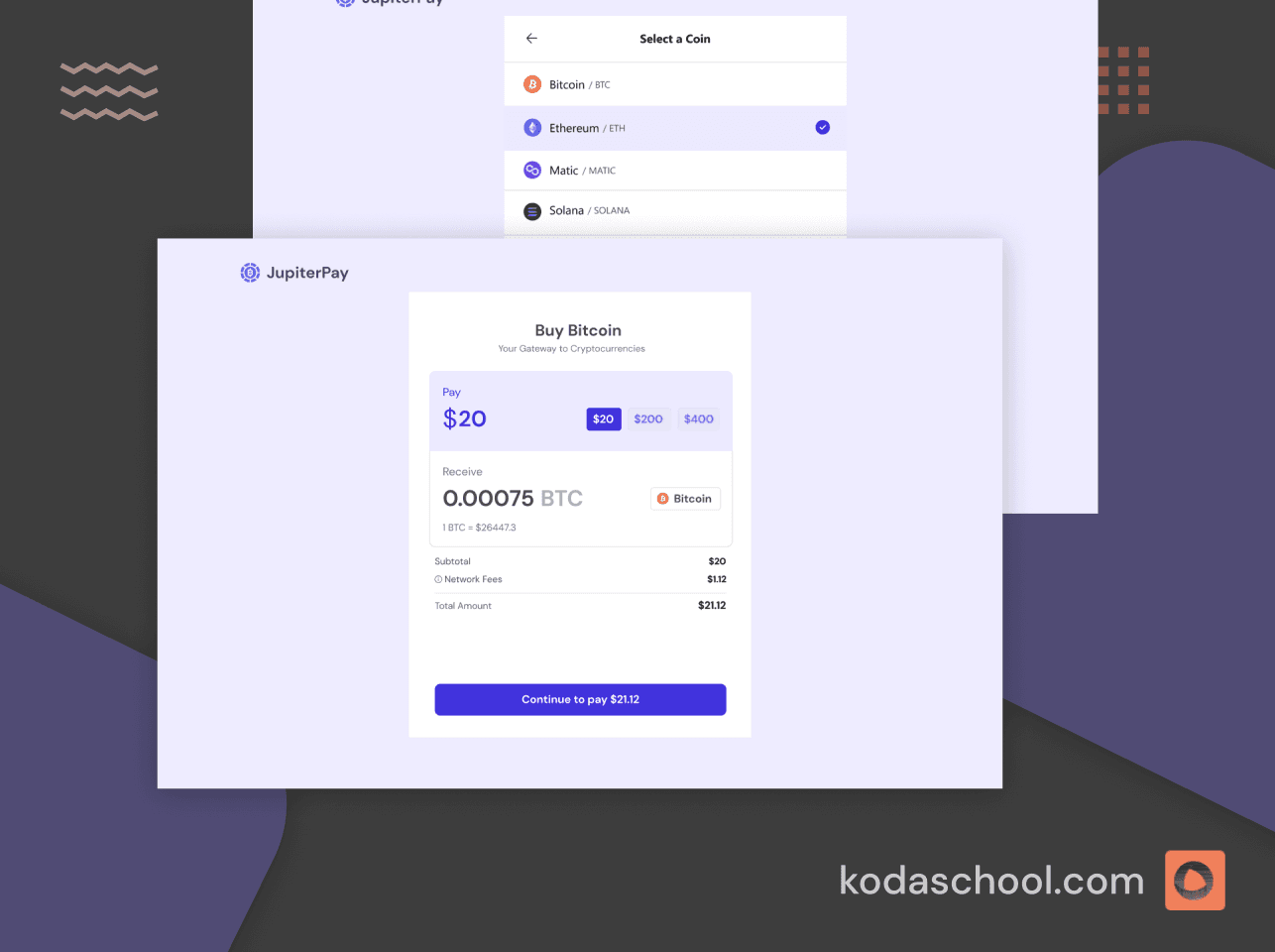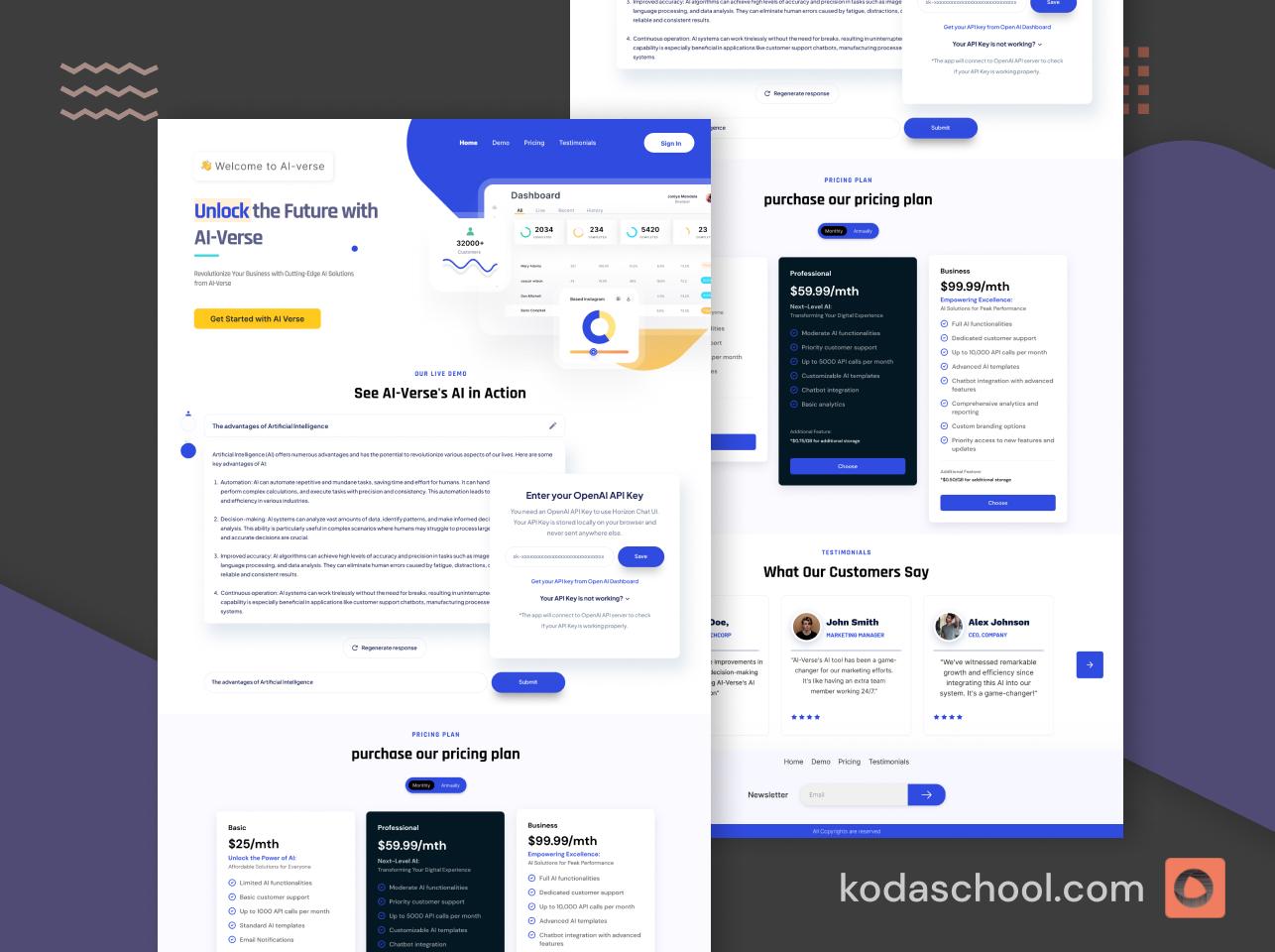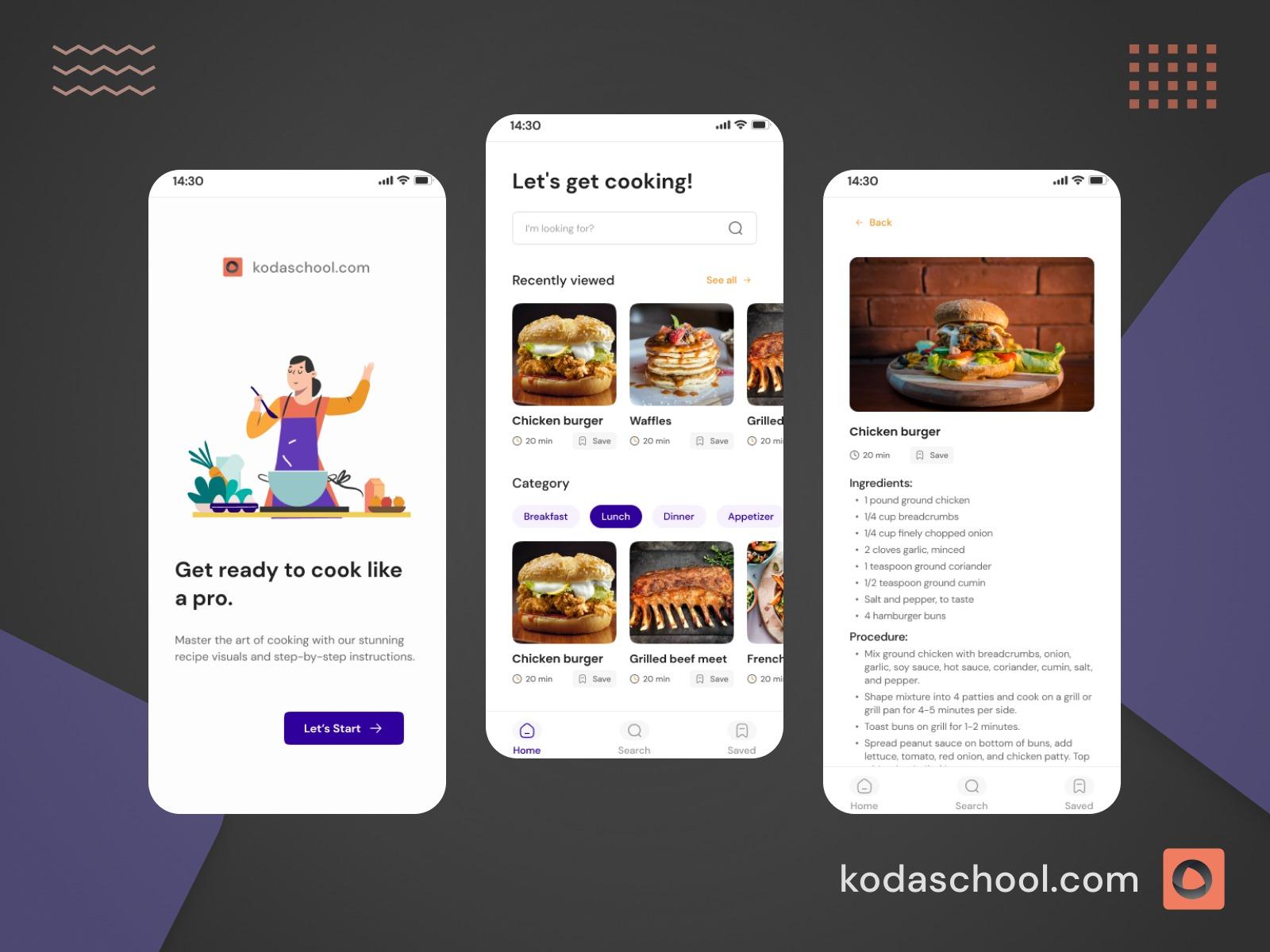Amazon CloudFront Guide for the AWS Solutions Architect Associate Exam
Learn how to optimize Amazon CloudFront for faster website performance, secure content delivery, and effective API acceleration in our comprehensive guide.
Amazon CloudFront is designed to optimize the delivery of web content to users across the globe. As a content delivery network (CDN), CloudFront accelerates the accessibility of websites, applications, and other content by distributing it from locations closest to the user. This not only enhances the speed of content delivery but also improves user satisfaction and engagement, making it an essential tool for businesses aiming to provide a seamless online experience.
Understanding CloudFront
Amazon CloudFront acts much like an express delivery service in the digital world. By caching copies of your web content at multiple locations around the world, it ensures that users receive data from the nearest 'warehouse' (or data center), thereby reducing the distance information travels. This significantly speeds up the loading times of websites and applications.
A Content Delivery Network (CDN) like CloudFront is beneficial not just for accelerating content delivery but also for reducing bandwidth costs, scaling globally without physical infrastructure investments, and improving security through distributed denial-of-service (DDoS) mitigation. These benefits make CDNs an indispensable tool for modern web architectures.
Content Sources
CloudFront can serve content from several types of sources, which are referred to as origins. These include:
- Amazon S3: Ideal for delivering large amounts of static content such as images, stylesheets, and JavaScript files. For example, a website that hosts high-resolution image galleries would benefit from using S3 with CloudFront to efficiently serve these images globally.
- EC2 Instances: Suitable for dynamic content that requires computation before delivery, such as user-specific content or real-time data processing. An e-commerce site could use EC2 instances to generate and deliver dynamic product pages based on user queries and interactions.
- Elastic Load Balancers (ELB): Perfect for distributing user requests across multiple EC2 instances, ensuring reliability and fault tolerance. This is particularly useful for high-traffic web applications that need to maintain performance and availability during demand spikes.
- Custom Origins: Any HTTP server, whether hosted on AWS or outside, can act as an origin. This is useful for hybrid scenarios where some components of a site are hosted on AWS and others on different infrastructures.

In choosing the right content source, consider the nature of your content, the expected volume of traffic, security needs, and how dynamic the content is. For instance, static content like videos and images are well-suited for S3, whereas dynamic, user-specific content might be better served from EC2 instances or through an ELB. This flexibility allows CloudFront to be a versatile solution for diverse web hosting scenarios.
Try Kodaschool for free
Click below to sign up and get access to free web, android and iOs challenges.
Key Components of CloudFront
Distribution
Amazon CloudFront offers two primary types of distributions: web distribution and RTMP (Real-Time Messaging Protocol) distribution.
- Web Distribution: Designed for general web hosting of static and dynamic content, including HTML pages, images, and videos. This is the most commonly used distribution type and supports delivery over both HTTP and HTTPS.
- RTMP Distribution: Specialized for streaming media content. It uses Adobe's RTMP to facilitate live or on-demand streaming of digital audio and video content. While less commonly used today due to newer protocols like HLS (HTTP Live Streaming), it remains a viable option for certain legacy streaming needs.
Origins
In CloudFront, origins are the source locations from where the CDN fetches the content to be delivered to end users. Configuring an origin is a crucial step in setting up a CloudFront distribution. This can be an Amazon S3 bucket, an EC2 instance, an Elastic Load Balancer, or any custom HTTP server. Each origin is defined within a distribution, and you can have multiple origins in a single distribution. This setup allows CloudFront to fetch different types of content from different sources, offering flexibility in managing content delivery.
Cache Behavior
Cache behavior settings in CloudFront allow you to specify how content is handled and cached at edge locations. Key settings include:
- Cache TTL (Time to Live): Defines how long content stays in the cache before CloudFront rechecks with the origin for a fresh version.
- Forward Cookies: Specifies which cookies to forward to your origin, which can be none, all, or a whitelist of specific cookies.
- Query String Parameters: Determines whether CloudFront caches separate versions of a specified object based on the query string parameters.
These settings can be configured per path pattern, allowing granular control over the caching mechanisms and optimizing the delivery based on content type and user behavior.
Edge Locations
Edge locations are data centers where CloudFront caches copies of content. When a user requests content that is cached in CloudFront, the request is routed to the nearest edge location. This proximity reduces latency and speeds up the delivery of content, making websites and applications faster and more responsive.
Security Features
CloudFront provides several security features to protect content and improve compliance:
- SSL/TLS Encryption: Ensures secure delivery of content by encrypting data in transit between CloudFront and the end users.
- AWS WAF Integration: Allows the use of AWS Web Application Firewall to protect against web exploits that could affect application availability, compromise security, or consume excessive resources.
- Geo-restriction (Geoblocking): Enables or restricts access to your content based on the geographic location of the user, helping to comply with licensing or content rights requirements.
Performance Optimization
To further enhance performance, CloudFront offers advanced features:
- Compressed Content: Automatically compresses certain types of files (like CSS, JS, and HTML) to speed up downloads.
- HTTPS Connections: Provides the option to enforce HTTPS for secure and encrypted connections.
- Regional Edge Caching: Places content in regional edge caches that are closer to your origin, reducing the load on the origin and improving the cache hit ratio.
Use Cases and Best Practices
Use Cases
- Website Acceleration:
- CloudFront can deliver your entire website, including dynamic, static, streaming, and interactive content using a global network of edge locations. This helps in loading your website faster from anywhere in the world.
- API Acceleration:
- APIs can be optimized with CloudFront by caching responses and reducing the number of calls to the origin, which significantly improves the responsiveness of applications that rely on APIs.
- Content Protection:
- Use CloudFront’s geo-blocking features to restrict content delivery to specific locations. Additionally, integrate AWS WAF to protect against web attacks that could compromise your content.
Best Practices
- Monitoring and Management:
- Utilize AWS CloudWatch to monitor the performance of your CloudFront distributions. Keep an eye on metrics like total requests, cache hit ratio, and error rates.
- Set up alarms in CloudWatch to be notified of any performance degradations or operational issues.
- Versioning and Cache Invalidation:
- Use versioned file names for static assets to manage caching more effectively. Invalidate the cache when you update content to ensure that the latest version is served without delay.
- Security Updates:
- Regularly review and update your security configurations. Stay informed about new AWS WAF rule sets and potential vulnerabilities to keep your content secure.
Sample AWS SAA Exam Questions on Amazon CloudFront
- What is the primary benefit of using Amazon CloudFront along with Amazon S3?
A) Decreases the cost of Amazon S3
B) Increases the storage capacity of Amazon S3
C) Distributes content with lower latency
D) Encrypts content stored in Amazon S3
Answer: C) Distributes content with lower latency
Amazon CloudFront is a content delivery network (CDN) that caches copies of content in multiple locations worldwide. This setup significantly reduces latency by serving content from the nearest edge location to the user, rather than directly from the origin server such as Amazon S3.
Which of the following settings should be configured in CloudFront to handle different versions of cached content based on query strings?
A) Cache policy
B) Origin request policy
C) Forward cookies
D) Query string forwarding and caching
Answer: D) Query string forwarding and caching
Query string forwarding and caching in CloudFront allows you to handle multiple versions of your content based on the query string parameters in the URL. This feature is crucial for dynamic content that changes based on user input or other variables.
- Which AWS service is integrated with Amazon CloudFront to provide a layer of protection against web exploits?
A) Amazon Inspector
B) AWS Shield
C) AWS WAF
D) AWS IAM
Answer: C) AWS WAF
AWS WAF (Web Application Firewall) integrates with Amazon CloudFront to protect against common web exploits that could affect application availability, compromise security, or consume excessive resources.
- In Amazon CloudFront, what is the purpose of an origin access identity (OAI)?
A) It accelerates the delivery of content to users.
B) It provides an additional layer of security by restricting access to the S3 content only to CloudFront.
C) It manages user identities and access policies.
D) It encrypts content as it travels between CloudFront and the origin.
Answer: B) It provides an additional layer of security by restricting access to the S3 content only to CloudFront.
An origin access identity (OAI) is used in CloudFront to create a special CloudFront user that can be granted permissions to fetch private content from an S3 bucket. This ensures that the content in S3 can only be accessed through CloudFront distributions.
- What feature in Amazon CloudFront allows content to be served via HTTPS from custom domains without displaying the CloudFront domain name?
A) SSL/TLS certificates
B) CNAMEs
C) Edge locations
D) Field-level encryption
Answer: B) CNAMEs
Custom CNAMEs (Canonical Name records) in Amazon CloudFront allow you to map your custom domain names (e.g., www.example.com) to your CloudFront distribution. This enables you to serve content over HTTPS using your domain name, thus hiding the CloudFront domain from users.











